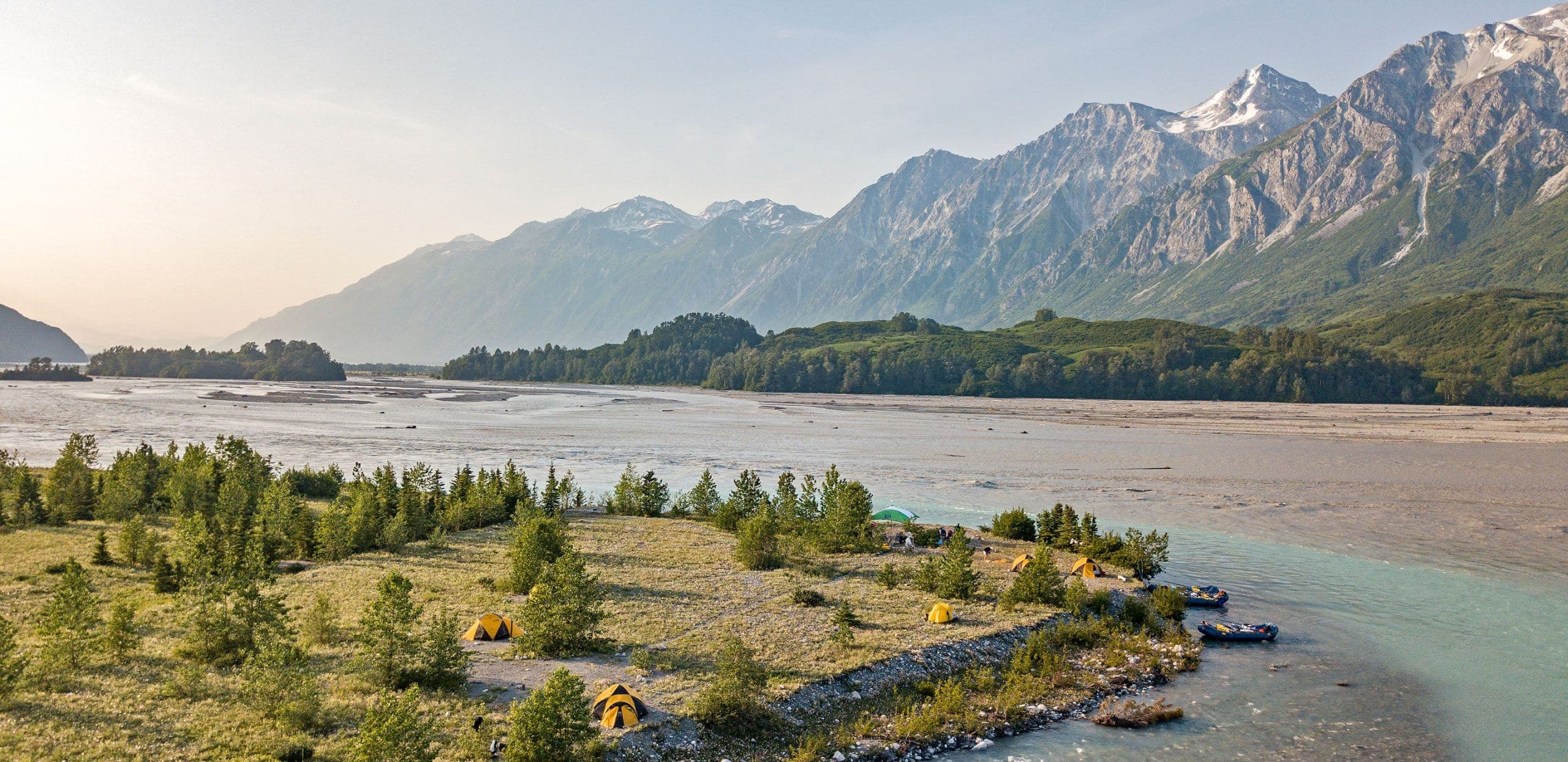
Tatshenshini-Alsek River: An 11-Day Rafting Adventure
by Derek Siegel
Embarking on an 11-day rafting expedition down the Tatshenshini-Alsek River is not just an adventure; it's a journey through one of North America's last unspoiled wilderness areas.
Nestled between the majestic peaks of the Coast Mountains and the stunning landscapes of the Yukon, this river stretches a remarkable 160 miles from Dalton Post, Yukon, to Dry Bay, Alaska.
In this article, you'll join author Christie Fitzpatrick as she recounts her thrilling rafting experience, showcasing the breathtaking beauty, wildlife, and the significance of eco-conscious exploration in this pristine region.
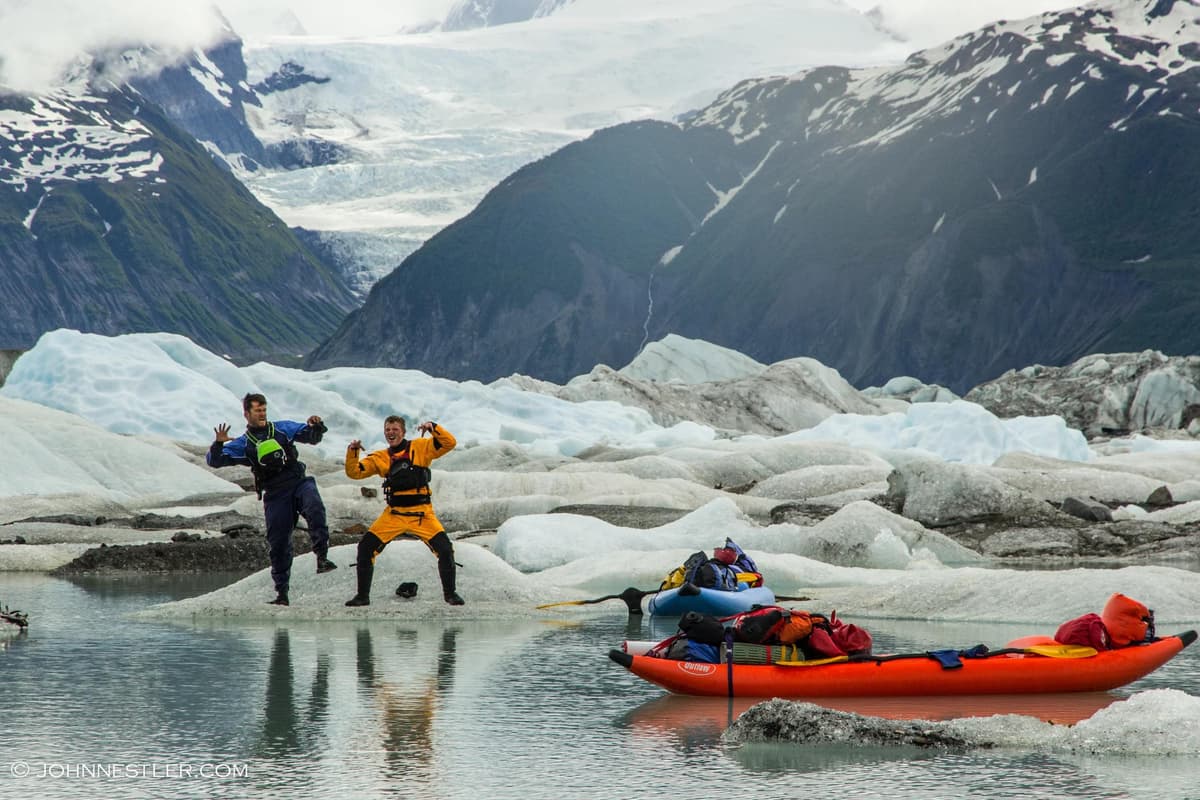
Key Takeaways
- The Tatshenshini-Alsek River offers one of North America's last unspoiled wildernesses, characterized by glaciers, wildlife, and stunning landscapes.
- The rafting adventure presents both physical challenges and profound connections to nature, underscoring the impact of climate change on this pristine environment.
- The journey highlights the importance of eco-tourism and conservation as a means to preserve unique experiences in nature for future generations.
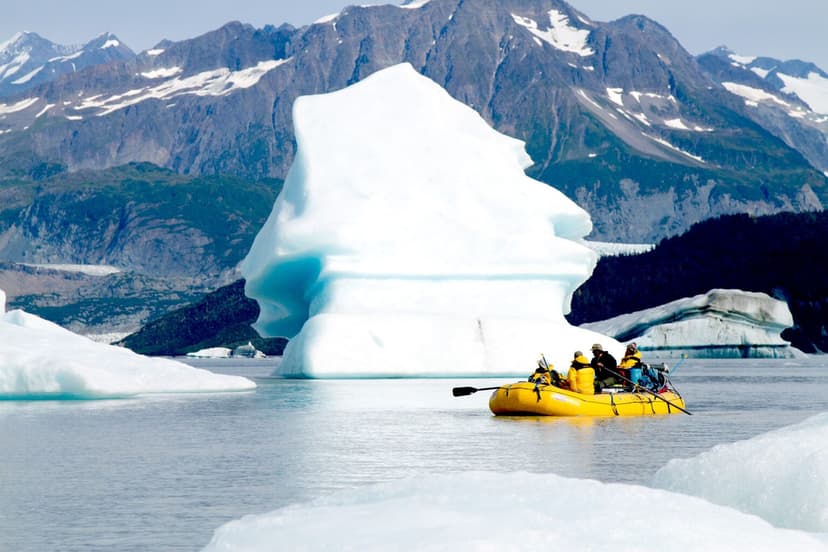
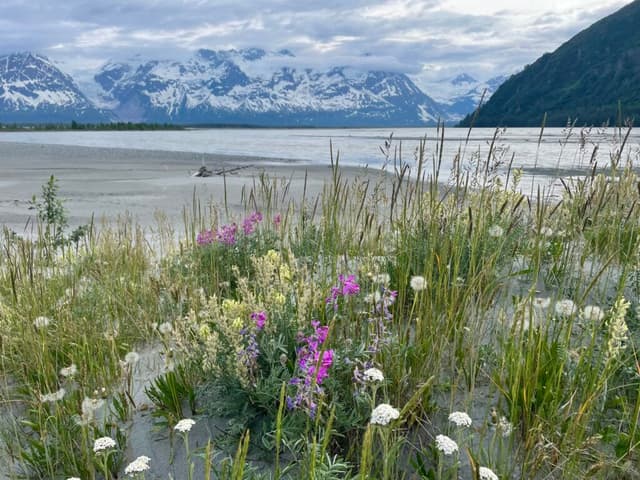
Journey Through Pristine Wilderness
Embarking on an 11-day rafting trip down the Tatshenshini-Alsek River offers an exhilarating journey through one of North America's last pristine wilderness areas.
Spanning 160 miles from Dalton Post in Yukon to Dry Bay in Alaska, this breathtaking landscape is characterized by its dramatic glaciers, majestic canyons, and diverse wildlife, including the iconic bears and soaring eagles.
Christie Fitzpatrick, the author recounting her adventure, vividly describes the challenges and adrenaline of navigating Class III to IV rapids while highlighting the emotional and physical demands placed on her and her crew.
From the initial excitement to moments of apprehension, Fitzpatrick’s narrative encapsulates the essence of venturing into the wild.
She portrays the stark contrasts of the environment, detailing how sudden downpours can quickly transform into sunlit expanses, each day offering new insights into the beauty and impermanence of nature.
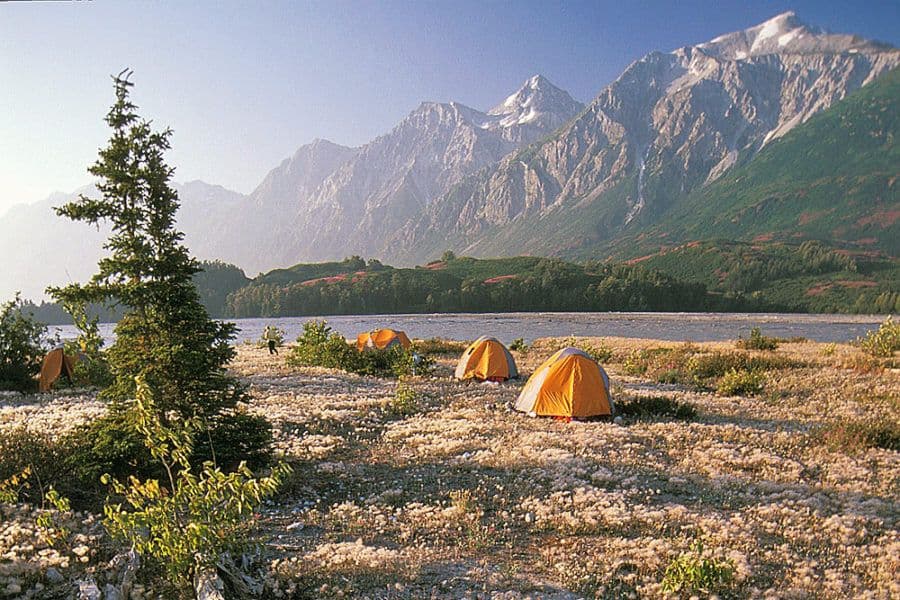
With a rich history as a former trade route for the Tlingit people and its role during the Klondike Gold Rush, the river is not just a stunning natural wonder but also a tapestry interwoven with cultural significance.
During layover days, Fitzpatrick and her companions graciously immersed themselves in the vibrant side valleys filled with wildflowers, each moment underscoring the fragility of this ecosystem—especially evident with the visible retreat of glaciers due to climate change.
The magnificent encounters with wildlife and the surreal iceberg formations at Alsek Lake deepened the group’s commitment to preserving such magnificent landscapes.
Concluding her expedition in Dry Bay, Fitzpatrick reflects with gratitude but also a poignant sense of loss, as only a few hundred adventurers embark on this extraordinary route annually, reminding us of the preciousness of unspoiled places that require our protection.
Reflections on Nature and Conservation
Throughout the journey down the Tatshenshini-Alsek River, Fitzpatrick not only navigates the physical challenges presented by the rapids but also finds moments of introspection that are deeply tied to the environment surrounding her.
Each rapid serves as a metaphor for life’s unpredictability, pushing her to confront her fears and forge a deeper bond with nature.
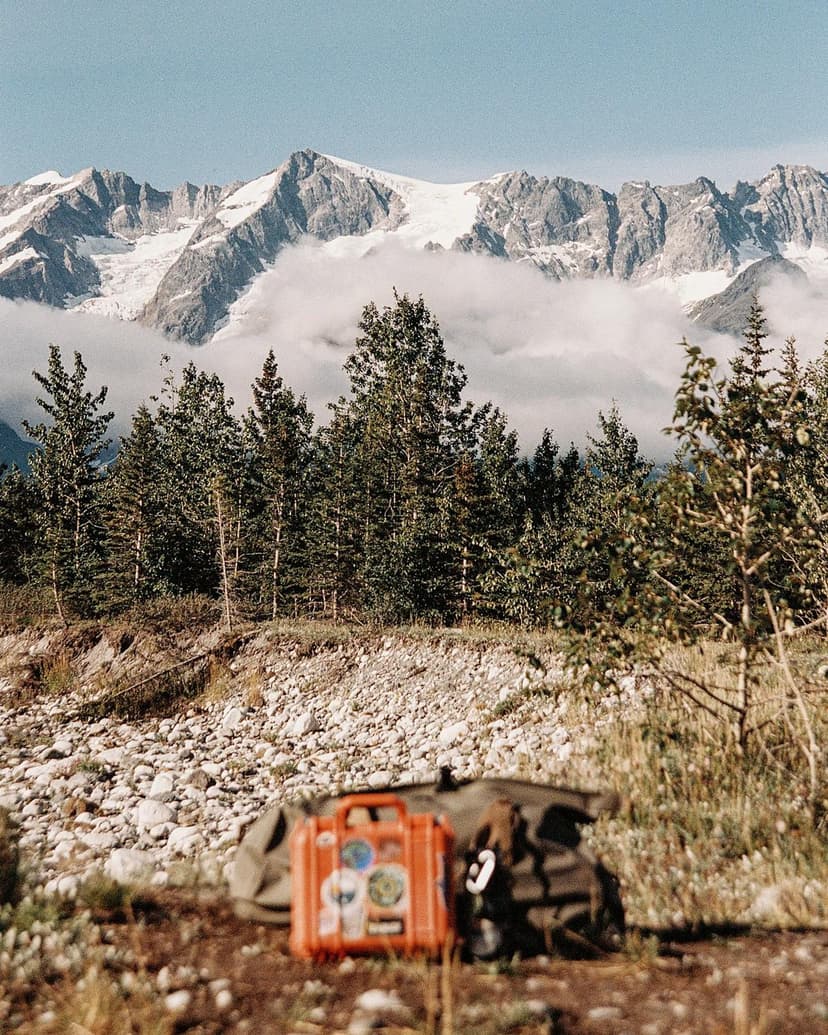
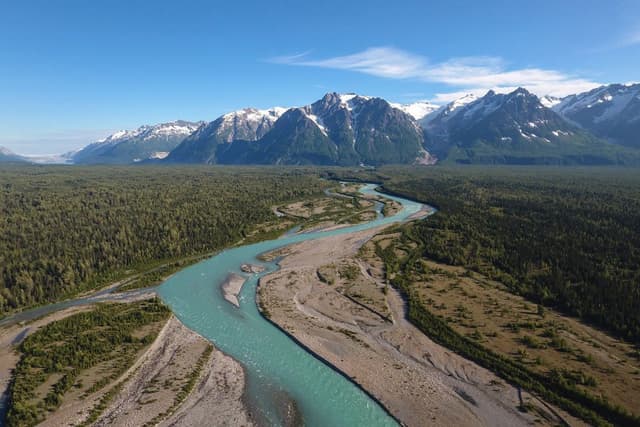
As she and her group maneuver through the ever-changing landscapes, they are met with breathtaking vistas that shift from rocky cliffs to expansive glacier fields, prompting philosophical musings on the importance of conservation.
Fitzpatrick's experiences serve as a poignant reminder that the allure of wild spaces is accompanied by a responsibility to cherish and protect them for future generations.
With every stroke of the paddle and every awe-inspiring sight, the narrative invites readers to appreciate not just the adventure, but the critical need for sustainable practices in eco-tourism.
As she notes the subtle signs of environmental change, such as the shrinking glaciers, it becomes clear that preserving such untouched wilderness transcends personal enjoyment and demands collective action to safeguard these irreplaceable ecosystems.